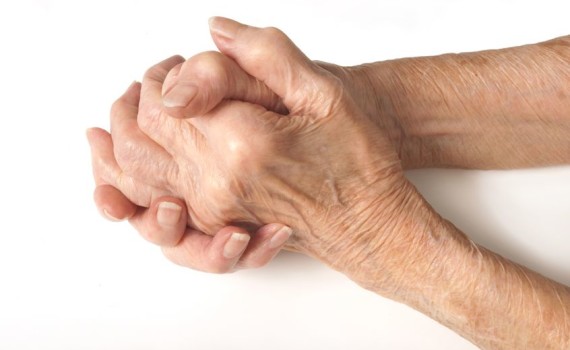
Hand and Wrist Health For Basketball Players
Basketball season is in full swing, and the NJ Hand and Wrist specialists are seeing more and more athletes as the season wears on. While most players are focused on preventing injuries in their legs, hand and wrist injuries in basketball players are quite common and can have significant impacts on a player’s performance. If you are experiencing persistent pain in your fingers, palms, or wrists, call NJ Hand and Wrist to request an appointment before the injury worsens and you are no longer able to play the game you love. Whether you’re injured or not, read on to learn about keeping your hands and wrists healthy all season long.
Most Common Hand and Wrist Injuries in Basketball Players
While all athletes are at risk for hand and wrist injuries, basketball is particularly tough on these body parts. Between the repetitive dribbling, catching, shooting, and rebounding involved in daily practices and weekly games, injuries to the fingers, palms, and wrists are commonplace in basketball. Below is a list of the most common injuries.
Tendonitis
Sprains and fractures
Muscle tension
Preventing Injuries To The Hand and Wrist
Prevention is easier than recovery. Hydration and proper technique are the biggest preventative measures athletes can take. Here we will review additional techniques for preventing injuries in your fingers, palms, and wrists.
Preventing Injuries in Fingers: Preventing injuries such as tendonitis in the fingers largely revolves around practice. The easiest way to prevent finger injuries is to perfect your catching, dribbling and shooting form. Proper form is the first defense against injuries. Beyond that, there are a few exercises such as finger push ups that athletes can incorporate into their daily routine.
Preventing Injuries in Palms: Hand injury prevention also boils down to practice and technique. Hand injuries are mostly commonly caused by repetitive motions such as dribbling. Therefore, a key component of hand injury prevention is warming up and scheduling rest days between practices and games.
Preventing Injuries in Wrists: Wrist injury prevention can be accomplished through proper warmup and technique, along with protective gear such as wrist supports. There are a number of stretches designed specifically for improvement of wrist flexibility and mobility. These include flexor and extensor stretches. Speak to your coach or physical therapist to learn more about which wrist stretches you should be practicing.
Consulting an NJ Hand and Wrist Specialist
If you’re experiencing chronic pain in your hands or wrists, contact an NJ Hand and Wrist specialist today to request an appointment. Our team specializes in tendon and ligament repair, thumb and elbow fusion, and other minimally invasive treatment options. Call us today to schedule your first appointment.



